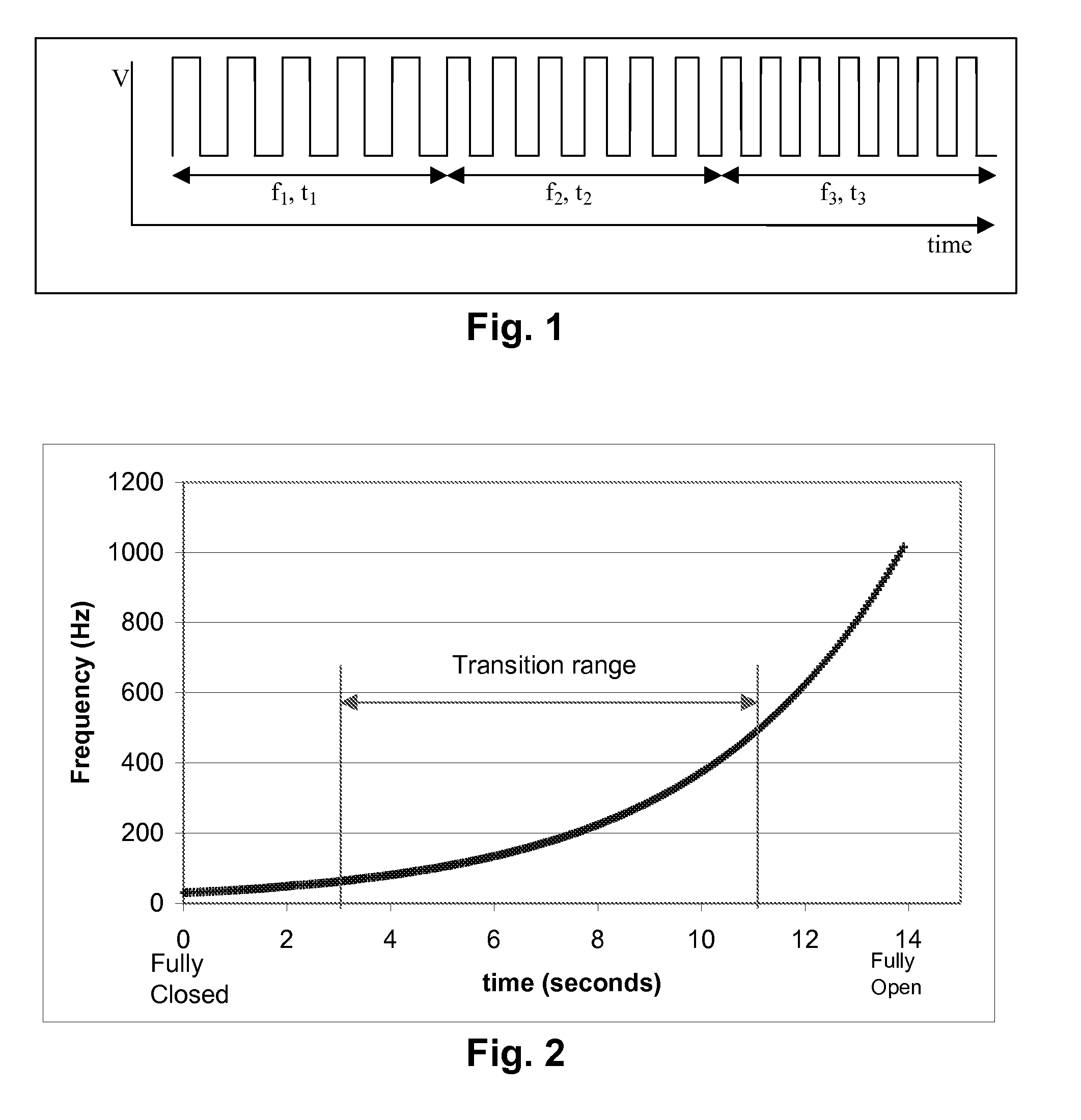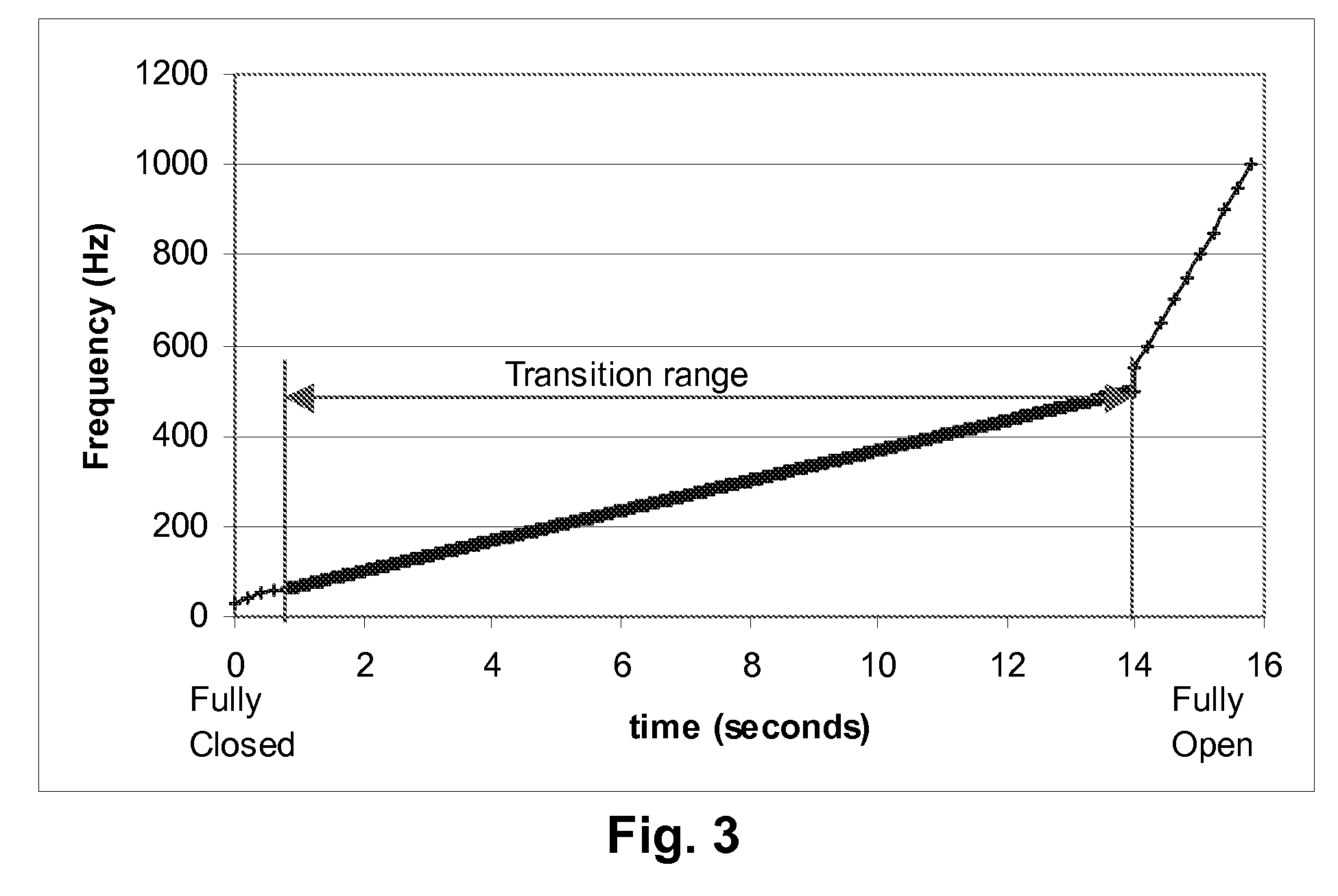Methods for driving electrophoretic displays using dielectrophoretic forces
a technology of electrophoretic display and dielectrophoretic force, which is applied in the direction of optics, static indicating devices, instruments, etc., can solve the problem that further increases in voltage do not produce any further significant improvemen
- Summary
- Abstract
- Description
- Claims
- Application Information
AI Technical Summary
Benefits of technology
Problems solved by technology
Method used
Image
Examples
Embodiment Construction
[0071]As indicated above, the present invention provides a frequency step method for driving dielectrophoretic displays (and a corresponding display using this method) and a multi-point contact display. These two aspects of the present invention will primarily be described separately below, but it should be appreciated that a single physical display may make use of both aspects of the invention. Indeed, for reasons explained below, it is advantageous for displays using the frequency step method of driving to also use a multi-point contact architecture.
[0072]The frequency step method of the present invention is a method for operating a dielectrophoretic display which is a variation of the varying frequency drive method of the aforementioned 2006 / 0038772. In the method of the present invention, the display is driven using not only a low frequency which causes the particles to undergo electrophoretic motion and produce a first optical state, and a high frequency which causes the partic...
PUM
 Login to View More
Login to View More Abstract
Description
Claims
Application Information
 Login to View More
Login to View More - R&D
- Intellectual Property
- Life Sciences
- Materials
- Tech Scout
- Unparalleled Data Quality
- Higher Quality Content
- 60% Fewer Hallucinations
Browse by: Latest US Patents, China's latest patents, Technical Efficacy Thesaurus, Application Domain, Technology Topic, Popular Technical Reports.
© 2025 PatSnap. All rights reserved.Legal|Privacy policy|Modern Slavery Act Transparency Statement|Sitemap|About US| Contact US: help@patsnap.com



